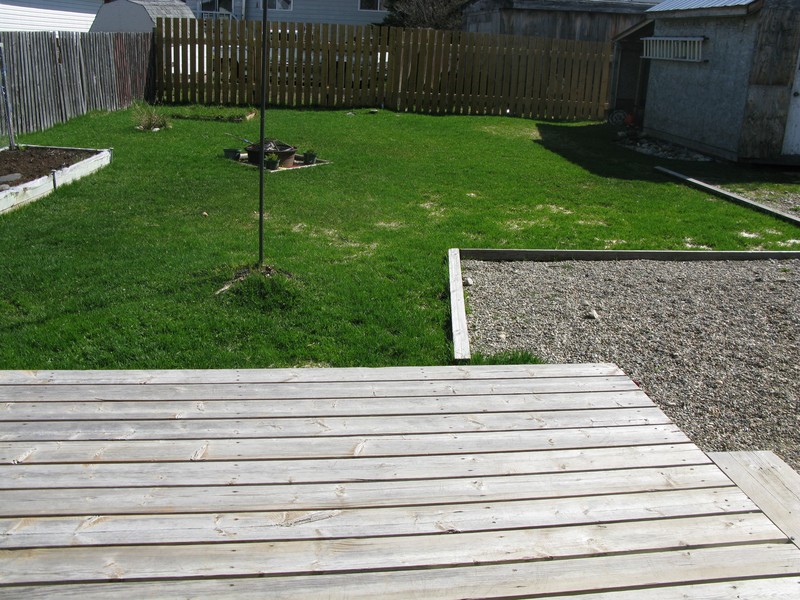
Fish sizes ranged between 14.7 and 57 cm fork length, and estimated ages varied between 45 and 192 days. A total of 134 specimens were aged by analysing otolith microstructure. Potential differences in growth rates were examined between years (20) and regions (eastern, central and western Mediterranean). This study analyses growth rates of bluefin tuna young-of-the-year in the Mediterranean. It is acknowledged that further studies with larger sample sizes would provide more precision in BFT length estimates. Finally, the method was applied to a sample of Roman‐era BFT vertebrae to demonstrate its potential. Whether using rank or type, length estimates appear accurate to approximately ☑0%. At least one vertebra dimension height, width, or length correlated highly with body length when vertebrae were ranked (R2 >0.97) or identified to types (R2 >0.98). In an archaeological context, poor preservation may limit one’s ability to identify rank, hence ‘types’ of vertebrae were defined, which enable length estimates when rank cannot be determined. In modern specimens, the majority of BFT vertebrae can be differentiated by their morphological features and thus individual regression equations can be applied for each rank (position in vertebral column). skeletons were studied to provide power regression equations that estimate body length from vertebra dimensions.


Despite this, there exists no reliable method to estimate the size of BFT found in archaeological sites. One key insight derivable from these remains is body size, which can indicate past fishing abilities, the impact of fishing, and past migration behaviour. However, comparison of otolith spectral signatures to those of two primary otolith constituents, calcium carbonate and type I collagen, revealed that absorbance features at characteristic wavenumbers for each constituent were correlated to NIRS otolith age prediction, providing the first insights to the NIRS age-prediction mechanism in otoliths.Ītlantic bluefin tuna (Thunnus thynnus BFT) is a large (up to 3.3 m in length) pelagic predator which has been exploited throughout the eastern Atlantic and Mediterranean since prehistoric times, as attested by its archaeological remains. Protein concentration (% otolith weight) was positively correlated with traditional age, but the impact of this relationship on otolith spectral signatures was not easily discernable. When size and otolith morphometrics for a subset of otoliths (n=26) were standardized by grinding and subsampling a fixed mass from each for NIRS analysis, NIRS prediction error increased by approximately 30% but ages remained accurate to within 2 years of traditional ages hence, otolith structure is of some importance to predictive models but ontogenetic compositional changes underlie most of the correlation of NIRS otolith spectral signatures with age. Across all models, age-related otolith morphometric dynamics changed the physical interaction of NIR light with the structures and impacted the resolution of age prediction models. NIRS-predicted annual ages were accurate to within approximately one year in fish aged 0 – 30 years, but prediction error rose substantially for fish aged 31 – 38 years. NIRS-predicted daily ages were accurate to within six days of traditional estimates and were not significantly different than traditionally-derived ages for juveniles aged 39 – 120 days when used to produce length-at-age models. Otoliths and corresponding traditionally-derived ages of juvenile and adult red snapper Lutjanus campechanus were used to generate NIRS models for predicting both daily and annual ages. In this pursuit, development of species-specific calibration models relating traditionally-derived age estimates (i.e., those estimated from growth band counts) to NIR spectral signatures from ageing structures is required to derive predictive models that can then estimate age from rapid scans of whole ageing structures alone. Recently-developed applications of NIRS to fish age estimation across a range of taxa have sparked intense interest in exploring the feasibility of its use for rapid age estimation in fisheries population management. published_date | Publish on this future date.Near infrared spectroscopy (NIRS) is a light spectroscopy method useful for non-invasively discriminating and quantifying chemical composition of a wide variety of substances.identifier-NEOS-catkey | NEOS catalogue key.identifier-ALIS-catno | ALIS catalogue number.

This report presents the results of netting conducted in 2017 on Fork Lake. The abundance of adult fish as determined by the netting is used to help determine the risk to the long-term sustainability of the fish population in a lake. Fall index netting (FIN) is conducted each year during late summer and fall on selected Alberta lakes to monitor walleye and northern pike populations.


 0 kommentar(er)
0 kommentar(er)
